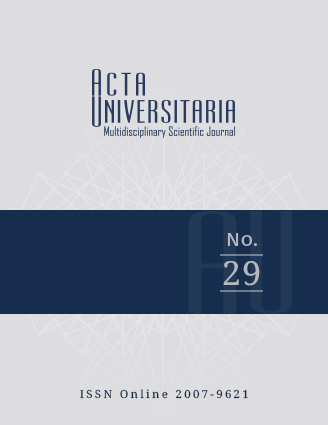Changes in the physical and chemical properties of a soil due to a restoration process applied to a spill of hydrocarbon
Published 2019-11-06
How to Cite
Abstract
In Mexico, soils impacted by hydrocarbons are remediated by various techniques; some reduce the concentration of the pollutant and others stabilize it, this is why the final conditions will depend on the applied process. When not considering this situation, some restored areas with an agricultural-livestock vocation use present problems such as low production of crops and/or forages. Based on the above, the present work aimed to evaluate the changes in the properties of a post-remediation soil (one month and one year) by comparing it with a control soil. Total Petroleum Hydrocarbons (TPH) were observed below the regulatory limit (600 mg∙kg-1 to 660 mg∙kg-1) and did not vary after one year; moreover, changes in soils such as pH (~6.4 to ~7.4), humidity (~14% to ~10%), apparent density (~1.1 g͎∙cm-3 to ~ 1.4 g͎∙cm-3) and real density (~2.0 g∙cm-3 to ~2.5 g∙cm-3), Cation Exchange Capacity (CEC) (~26 Cmol ∙ kg-1 to ~11 Cmol ∙ kg-1) and textures (from clayey to sandy-loam), unchanged at one year.

